|
|
|
The two most interesting monuments remaining in the church are: |
|
|
|
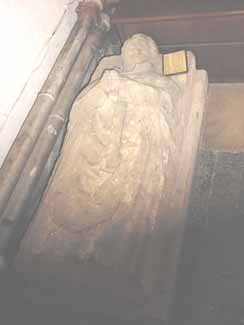 |
|
|
|
1 The recumbent effigy of a priest in mass vestments of c.1340. This monument was discovered, built upright, in the wall of an outbuilding in Wrington. The nose and hands are damaged and the feet lost, and the effigy is somewhat embedded in the slab of Downside stone from which it is carved. Its origin is open to doubt.
(See Som.Arch.Proc. 1920)
|
|
|
|
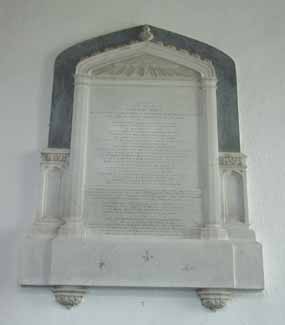 |
|
|
|
2. Over the South door a plain tripartite tablet to Hannah More, (1745-1833), the writer and philanthropist.
Hannah More lived first at Cowslip Green and, from 1802, at Barley Wood, both houses being in the parish of Wrington |
|
|
|
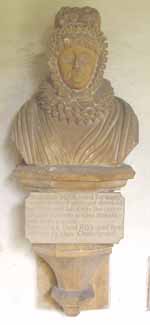 |
|
|
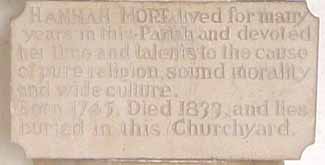 |
|
|
|
In the South porch are busts of Hannah More and John Locke, the philosopher. They were placed in their present position in 1926, that of John Locke being an original of apparently 19th century workmanship, whilst that of Hannah More is a copy of the original bust by Edward Hodges Baily which is now in the garden of her old home at Barley Wood. |
|
|
|
Baily, 1788-1867, was born in Bristol, where he began his professional career as a modeller in wax. Later, a pupil of John Flaxman in London, he became a RA in 1821.
The Duke of Wellington, Charles James Fox, Lord Mansfield, Byron and others sat for him, and the Nelson statue in Trafalgar Square and the sculptures on the Marble Arch, London, are his work. Baily's name is on the west side of the plaque, partly obscured by grouting.
|
|
|
|
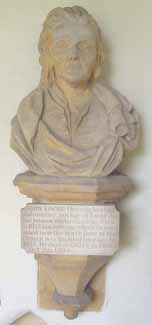 |
|
|
|
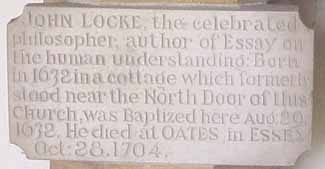 |
|
|
|
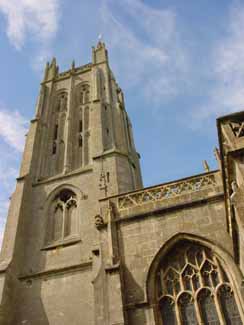 |
The Bells. During the 16th century there were four bells in the tower, the number being increased to five in 1611 by the addition of a new treble bell, cast by Roger Purdue.
During the 17th century there is recorded the re-casting and repair of various bells. An agreement still exists for Rogcr Purdue to re-cast the two bells "at the bell pit t at the backside of the dwellinge house of one Josias Breane situate in Wrington". The Churchwardens and the inhabitants were to bc allowed to watch the proceedings provided they behaved themselves.
In the mid 18th century the peal was increased to six, and in 1911 four new treble bells were added to form the present fine ring of ten |
|
|
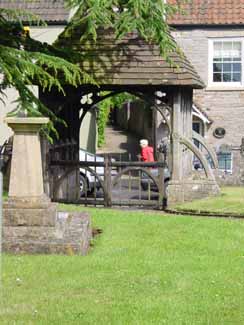 |
The lych Gate at the East entrance to the churchyard was erected in 1874, the gift of a parishioner, Mr. Edwards of The Grove.
To the North is the site of the Church House.
The original conveyance, dated 1447, by which John de Obigis, Rector of the Parish Church, conveyed the house to the parish. is still extant. |
|
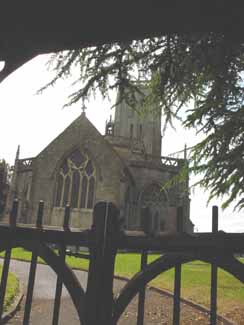 |
|
|
|
The Church House was demolished when it became delapidated during the 19th century, and the site was incorporated into the churchyard in 1873 |
|
|
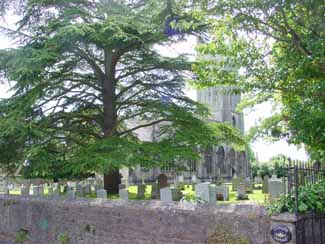 |
|
|
|
The Churchyard Cross has long since disappeared. It stood near the chancel on the North side, and the steps were in existence in the early 19th century, but no vestige of them remained when Charles Pooley wrote The Old Stone Crosses of Somerset, which was published in 1877. |
|
|
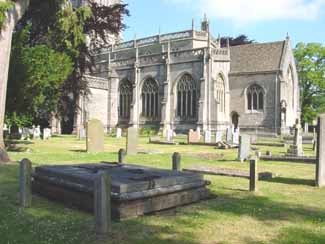 |
|
|
|
The Churchyard contains the tomb of Hannah More and her four sisters. The flat gravestone is situated towards the South East angle of the churchyard.
An entry in Wrington Burial Register, after the name of Hannah More reads: "The illustrious Christian and moral writer. |
|
|
Her body was met by the clergy and other gentry of the neighbourhood, and the children of the national schools, at Barley Wood her former residence, and is deposited in a vault on the South side of the church, near a yew tree, about 32 yards from the chancel door". The register is signed by T.T.Biddulph, Rector of St. James, Bristol |
|
|
| John Locke, (1632-1704), the noted philosopher, whose greatest work was the famous Essay concerning the Human Understanding, was born and baptised at Wrington. The cottage in which he was born was demolished in 1891, but the site, now incorporated into the churchyard, is marked by a plaque erected to replace an earlier one which had become illegible. The present plaque, situated on the Western side of the wall leading to the North gate of the churchyard, reads: "John Locke, 1632-1704. This stone marks the site of the house where the famous thinker was born, and is erected by W. Tudor Jones, M.A.,PhD. and his Bristol school of philosophical studies. April 1Oth 1926". |
|
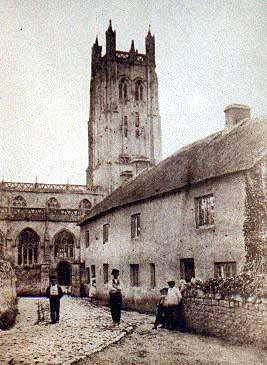 |
|
|
|
Memorials in the chancel, re-erected in 1986, commemorate: Rev. Samuel Crooke (Rector 1602-1649). A famous Rector during the Civil War and active in support of Parliament but, in 1643, forced to recant when the King's cause prospered. His successor (Rev. Francis Roberts) said that the people of Wrington "loved and deservedly honoured my late reverend, learned and pious predecessor".
Rev. Henry Waterland LL.D. (Rector 1728-1779). His strong objection persuaded the Bristol Turnpike Trust to abandon a plan to route the coach road through the village of Wrington.
Rev. William Leeves (Rector 1779-1828) . A contemporary of Hannah More. Poet and composer, he took Holy Orders whilst a lieutenant in the Army, and remained at Wrington for the remainder of his life.
|
|
|
|
|
|
|
|
|
|
|
|
|
|
|
|
|
|
|
|
|
|
|
|
|
|
|
|
|
|
|



